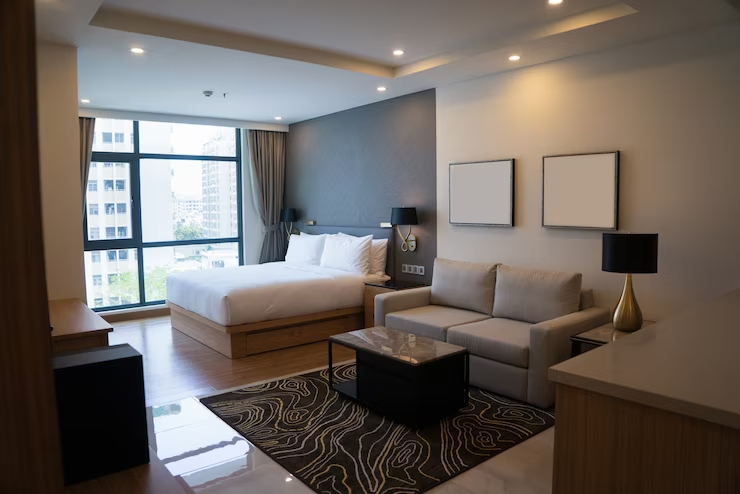If you're considering moving into a 2 bedroom apartment or you're a landlord renting one out, one of the key questions that often comes up is: How many people can comfortably live in a 2 bedroom apartment? Understanding occupancy limits, factors that influence them, and how to create a harmonious living arrangement are essential for a successful co-living experience. In this comprehensive guide, we'll delve into all these aspects to provide you with a clear understanding.
Understanding Occupancy Limits
Before we delve into the specifics, let's talk about occupancy limits. These are regulations set in place to ensure the safety, comfort, and well-being of residents in an apartment. Occupancy limits define the maximum number of individuals allowed to live in a particular unit based on factors such as its size, layout, and other considerations.
Factors Influencing Occupancy Limits
Several key factors influence the occupancy limits of a 2 bedroom apartment. Being aware of these factors will help you better understand why certain limits are set and how they can vary:
Apartment Size
Generally, larger apartments have higher occupancy limits. This is because they offer more space for residents to move around comfortably.
Local Regulations
Occupancy limits can vary by location and are often influenced by local housing regulations and zoning laws. It's important to check with your local housing authority to understand the specific guidelines for your area.
Bedroom Count
Unsurprisingly, the number of bedrooms plays a crucial role. A 2 bedroom apartment is typically designed to accommodate a specific number of people comfortably.
Common Areas
In addition to bedrooms, common areas like living rooms, dining rooms, and kitchens are considered when setting occupancy limits. These spaces contribute to the overall living experience and need to be factored into the equation.
Calculating Occupancy for a 2 Bedroom Apartment
Now, let's get into the nitty-gritty of calculating occupancy. A common guideline is the "2+1" rule. This means allowing two people per bedroom and adding one extra person for the entire unit.
For a 2 bedroom apartment, this often translates to accommodating up to 5 people. Keep in mind that this is a general guideline and local regulations may differ, so it's important to verify with your local housing authority.
Tips for Comfortable Living
Living with others in a 2 bedroom apartment can be a delightful experience with a bit of planning. Here are some tips to ensure a harmonious co-living arrangement:
Communication is Key
Open and honest communication with your roommates is essential. Establish clear guidelines for chores, shared expenses, and quiet hours to avoid misunderstandings.
Smart Furniture Choices
Opt for space-saving furniture to maximize the use of available space. Think multifunctional pieces that offer storage and utility without crowding the rooms.
Creative Storage Solutions
Staying organized can make a significant difference. Invest in creative storage solutions like wall shelves, under-bed storage, and hanging organizers to keep clutter at bay.
Define Personal Spaces
While sharing an apartment, it's important to have designated personal spaces. Even in a 2 bedroom apartment, finding corners for privacy can contribute to a sense of individuality.
Legal and Safety Considerations
Before finalizing the occupancy of your 2 bedroom apartment, consider these legal and safety aspects:
Review Lease Agreements
Check your lease agreement for any specific occupancy clauses or limitations. It's important to be aware of what's allowed according to your rental agreement.
Safety First
Ensure that the occupancy aligns with safety regulations and fire codes. Overcrowding can pose serious safety hazards and should be avoided.
Know Tenant Rights
Tenants have rights, and understanding these rights regarding occupancy, maintenance, and housing conditions is crucial for both tenants and landlords.
In Conclusion
Living in a 2 bedroom apartment can be a wonderful experience when occupancy limits are understood and respected. By considering the apartment's size, local regulations, and following practical tips, you can create a comfortable and safe living environment for all residents. Remember, a successful co-living arrangement is built on communication, consideration, and a shared commitment to making the space a home for everyone involved.

